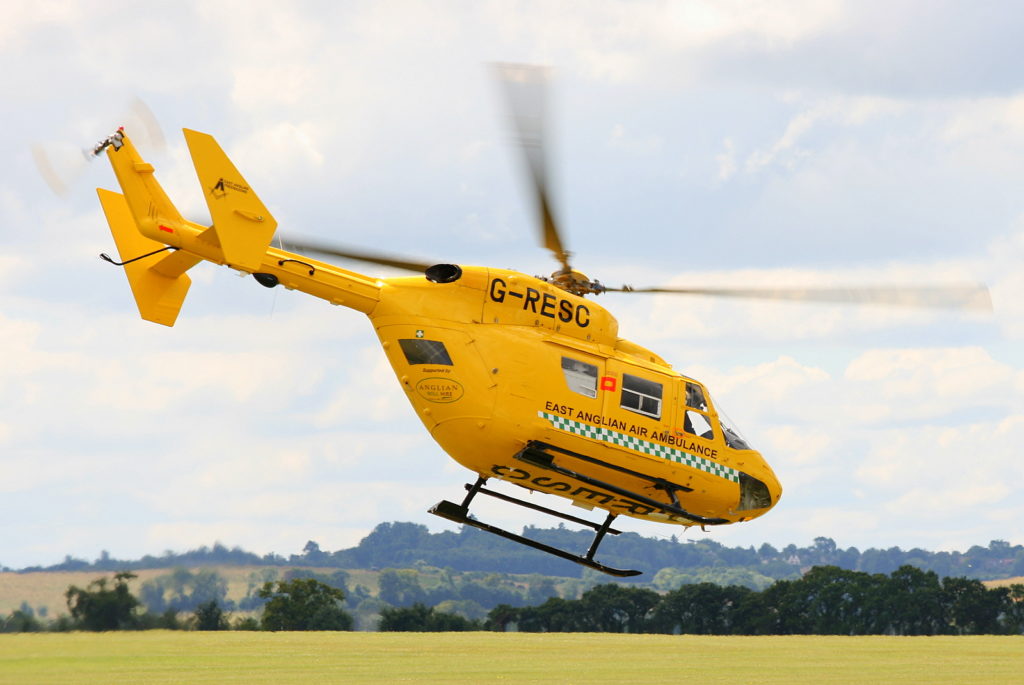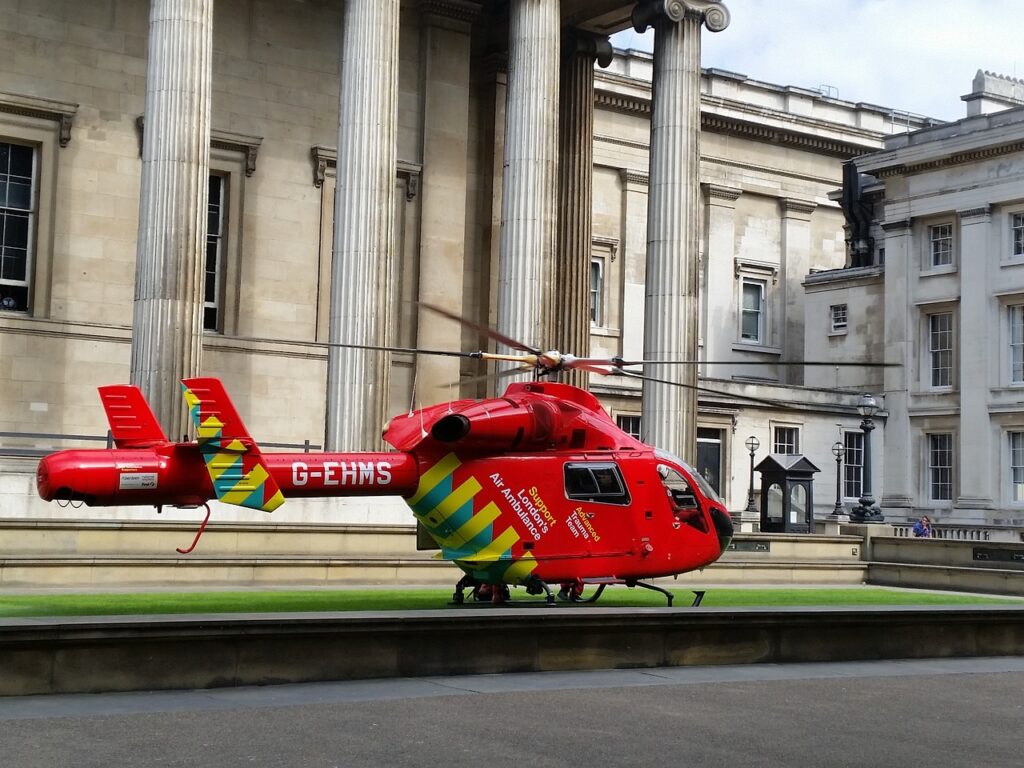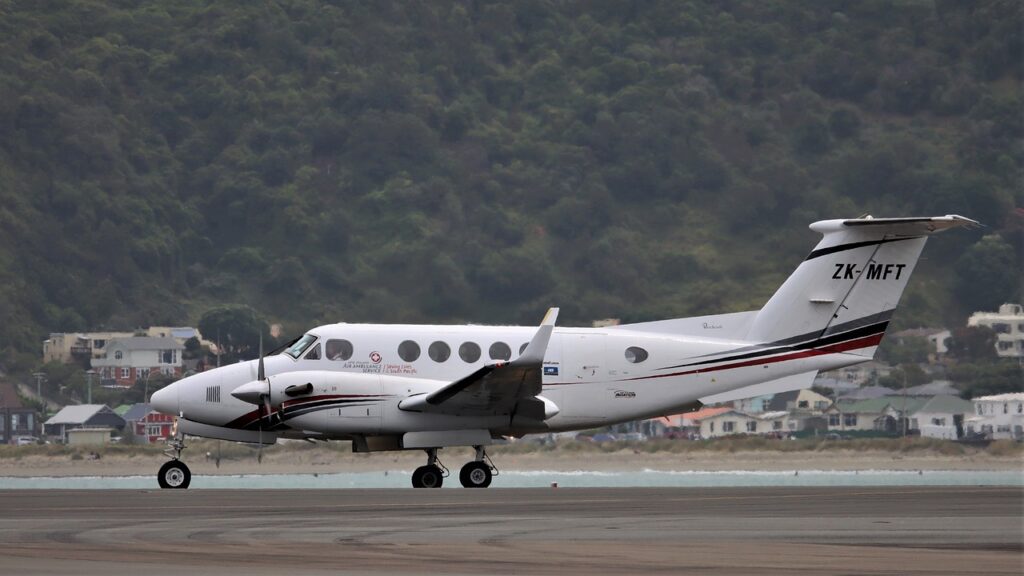Air Transport


Flying Is Your Best Option When Treatment Is Needed As Soon As Possible
Not all medical flights are emergencies. Patients who have been referred to a facility far from home often choose to fly because the trip is over sooner and therefore less stressful for them. Data suggests that regardless of the reasons for a medical flight, patients benefit from knowing that a loved one is nearby.
Most companies that offer these flights have a program in place which allows family members or significant others to ride along and provide patients with the kind of comfort that can only come from knowing that a loved one is nearby.
People who care about the patient but can do nothing to help medically also benefit from knowing they can at least be there to hold a hand. Other benefits of allowing people “fly along” with a patient include:
People who know the patient personally can answer any questions receiving physicians may have. There are no delays in treatment because a “ride along” can also sign any documentation necessary for Doctors to proceed
They have shown themselves to be more of a help than a hindrance, therefore they are welcome on most med flights. This is a service that starts at the patient’s bedside and continues until the patient has been safely delivered to their new location.
Each flight will have a Registered Critical Care Flight Nurse or a Critical Care Paramedic. Expert medical care is provided during transport as well as compassion and reassurance wherever possible.
Medical Air Transport Has Been Around Almost Since the Day Mankind First Learned to Fly
As with many other things considered commonplace in modern medicine today, the idea of treating patients while flying them to help originated with the military. The very first air ambulance flight was flown by the French Air Service to save the life of a Serbian officer injured in World War I.

Their records indicated that the survival rate of wounded soldiers increased by more than 50% when evacuations were accomplished by air. The evolution of medical air transport keeps pace with that of the aircraft industry itself.
Now humanity has gotten to the point where NATO is working on an idea to use unpiloted aerial vehicles for evacuation of wounded military from hostile territory. Once they figure that out, it shouldn’t be long until civilians can be rescued from inaccessible areas and flown to medical help that much sooner.
